On September 17, at the 45th expanded session of the World Heritage Committee, the United NationsEducational , Scientific and Cultural Organization (UNESCO) recognized many more famous sites as World Heritage Sites, including the Gedeo Cultural Landscape in Ethiopia, the tourist stops in Iran, and the Tell es-Sultan archaeological site in Palestine.

Speaking at a meeting in Riyadh, Saudi Arabia, Ethiopian Tourism Minister Nasise Chale said that with the inclusion of the Gedeo Cultural Landscape in the list, the East African country now has 10 sites recognized by UNESCO as cultural and natural heritage. The Gedeo Cultural Landscape is also the 100th World Heritage Site recognized by UNESCO in Africa.
According to Ms. Chale, this heritage site is mainly forest that has been protected for many generations. The Gedeo cultural landscape is famous for its multi-layer farming method (growing many types of plants in the same area) that has been practiced by the people in the Gedeo region for centuries. The Gedeo people are also exemplary models of indigenous knowledge, in preserving the ecosystem and soil fertility. In addition, there are more than 6,000 megalithic steles with attractive images for researchers, foreign and local tourists.
Also at the meeting, UNESCO included 56 stopover stations for travelers along Iran's ancient trade routes in the World Heritage List, appreciating that these stations provided "shelter, food and water for caravans, pilgrims and other travelers ".
Iran has built more than 200 stations for travelers on the historical trade routes that passed through the country connecting Asia and Europe, including the Silk Road. However, UNESCO only recognized 56 of these stations, including Qasr-e Bahram station near the city of Semnan, Deyr-e Gachin station near Qom and Anjireh Sangi station near Yazd. Explaining this, UNESCO said: “These are the most influential and valuable places among the stations for travelers in Iran, displaying unique architectural styles, adaptability to climatic conditions, especially in terms of construction materials, stretching for thousands of kilometers and built over many centuries.”
Iran currently has 27 UNESCO-recognized historical sites, including the ancient city of Persepolis, the capital of the Achaemenid Empire, the Armenian monasteries in the northwest city of Yazd, and the historic city of Yazd itself.
The UNESCO World Heritage List also includes the Palestinian archaeological site of Tell es-Sultan, which contains many traces of human activity from prehistoric times. Tell es-Sultan is located in the Jordan Valley, near the city of Jericho in the West Bank, an important archaeological site when studying the Stone Age. According to the Palestinian news agency Wafa, Tell al-Sultan is considered the oldest continuously inhabited prehistoric settlement. In a press release, the Palestinian Ministry of Foreign Affairs emphasized: "The important decision by UNESCO affirms the unique universal value of this site and Palestine as a whole, and reveals the historical, aesthetic, ethnic and anthropological origins of the Palestinian people."
“A permanent settlement appeared here in the 9th millennium BC and persisted until the 8th millennium BC, thanks to the fertile soil and easy access to water,” UNESCO describes. Skull fossils and statues found at the site testify to the religious activities of Stone Age people who lived here, while Bronze Age archaeological records also show early signs of urban planning, according to UNESCO.
Tell al-Sultan is the fourth Palestinian site to be listed on UNESCO's World Heritage List, along with the Church of the Nativity in Bethlehem, the ancient city of Hebron and the ancient steps of Battir.
In addition to the above sites, the list of UNESCO World Heritage Sites has also been extended to include the Gaya Tumuli Tomb Complex in South Korea and the ancient tea forest in Pu'er, Southwest China.
The UNESCO World Heritage Committee meets once a year, with representatives of the 21 member states of the World Heritage Convention elected by the UN General Assembly for a four-year term.
According to UNESCO, sites must have “outstanding universal value” to be included on the World Heritage list. The World Heritage Committee also regularly revises its assessment criteria “to reflect the evolution of the concept of world heritage.” To date, the UNESCO World Heritage Committee has recognized about 1,200 sites in more than 160 countries and territories as World Heritage sites.
Thanh Phuong/VNA
Source






















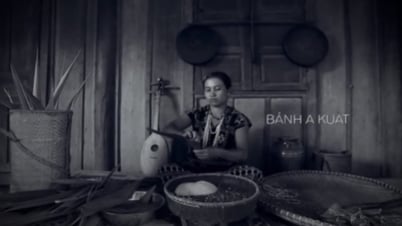













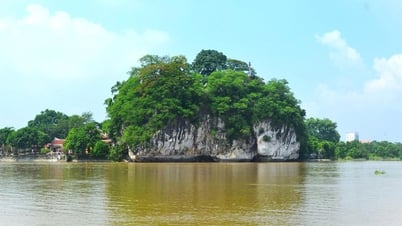





























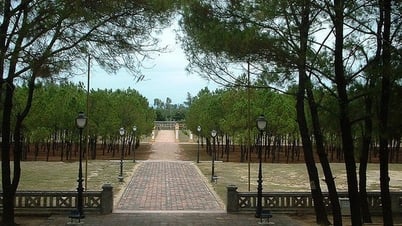


















![[OCOP REVIEW] Tu Duyen Syrup - The essence of herbs from the mountains and forests of Nhu Thanh](https://vphoto.vietnam.vn/thumb/402x226/vietnam/resource/IMAGE/2025/6/5/58ca32fce4ec44039e444fbfae7e75ec)





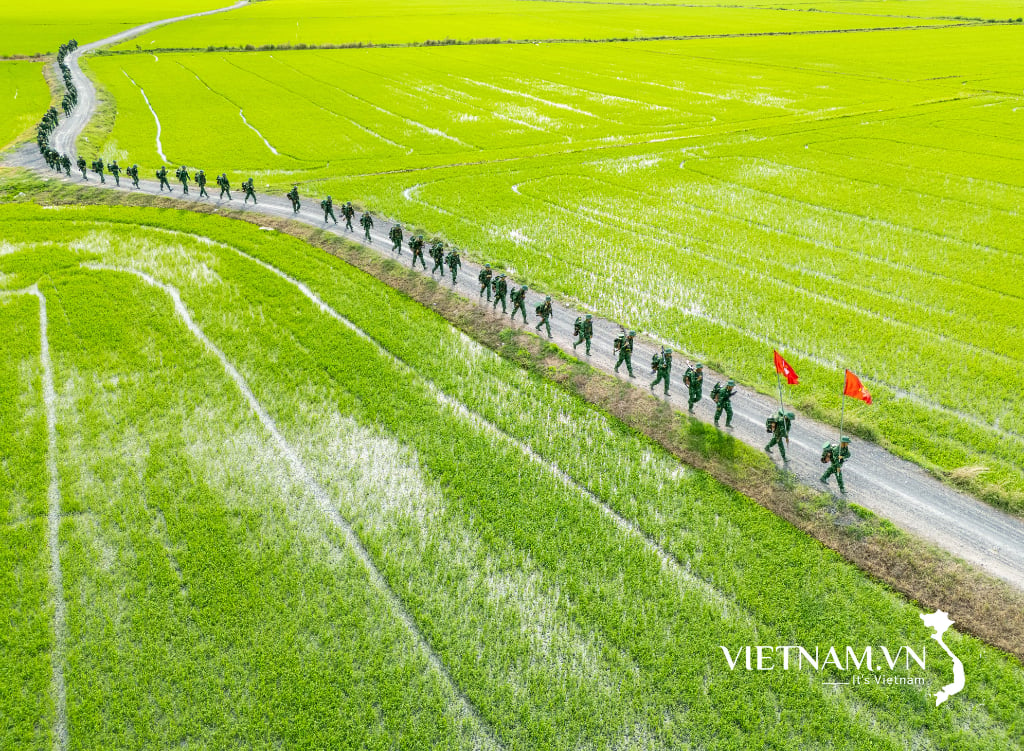
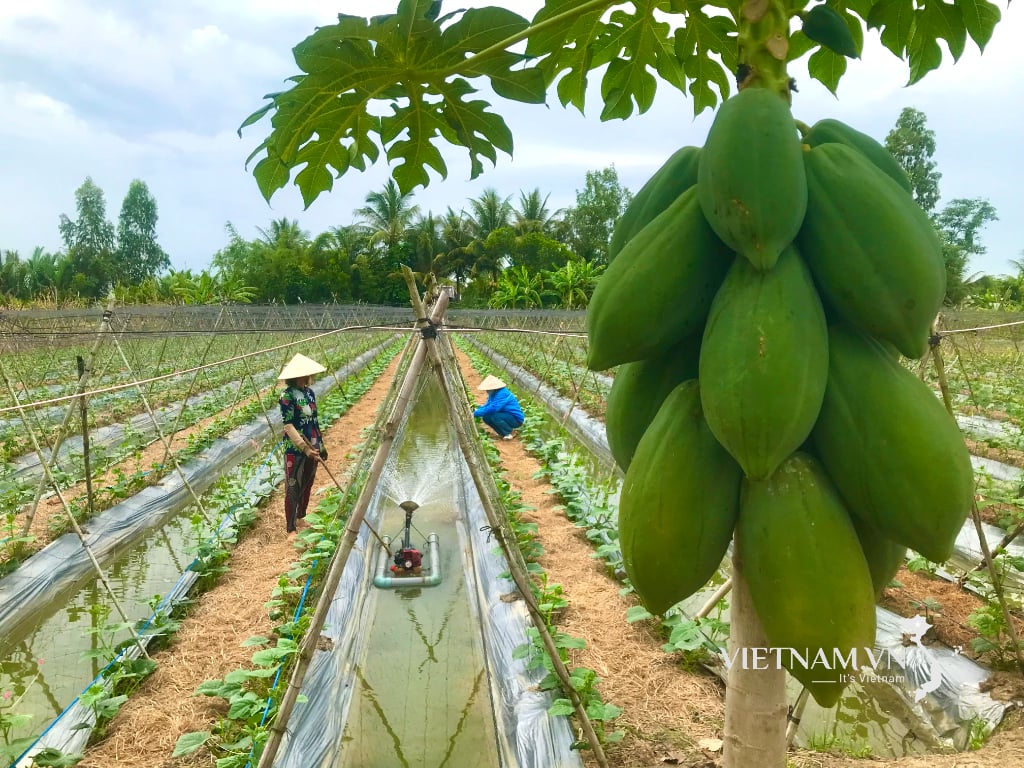
Comment (0)